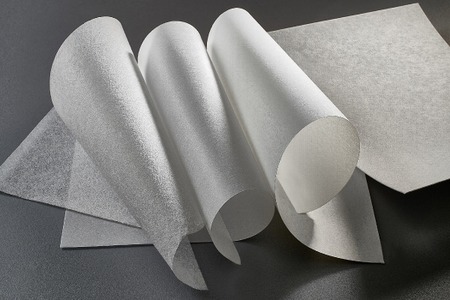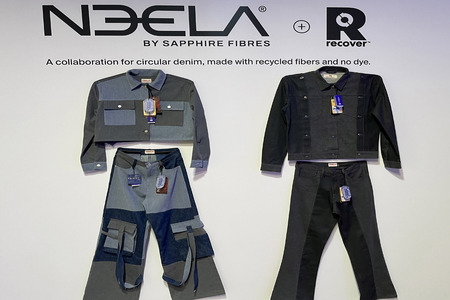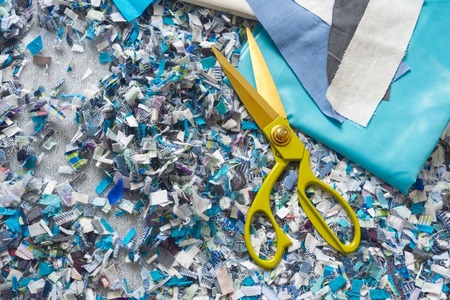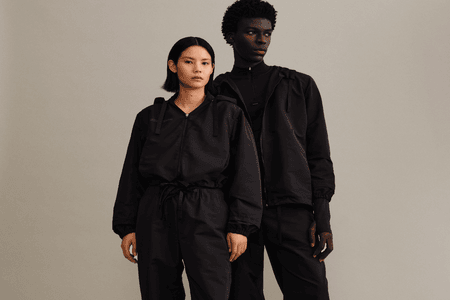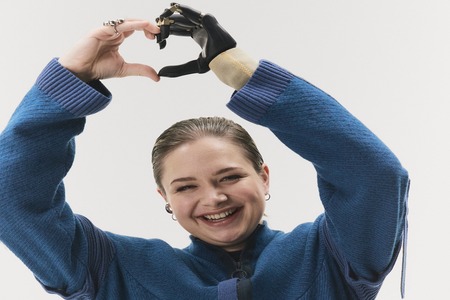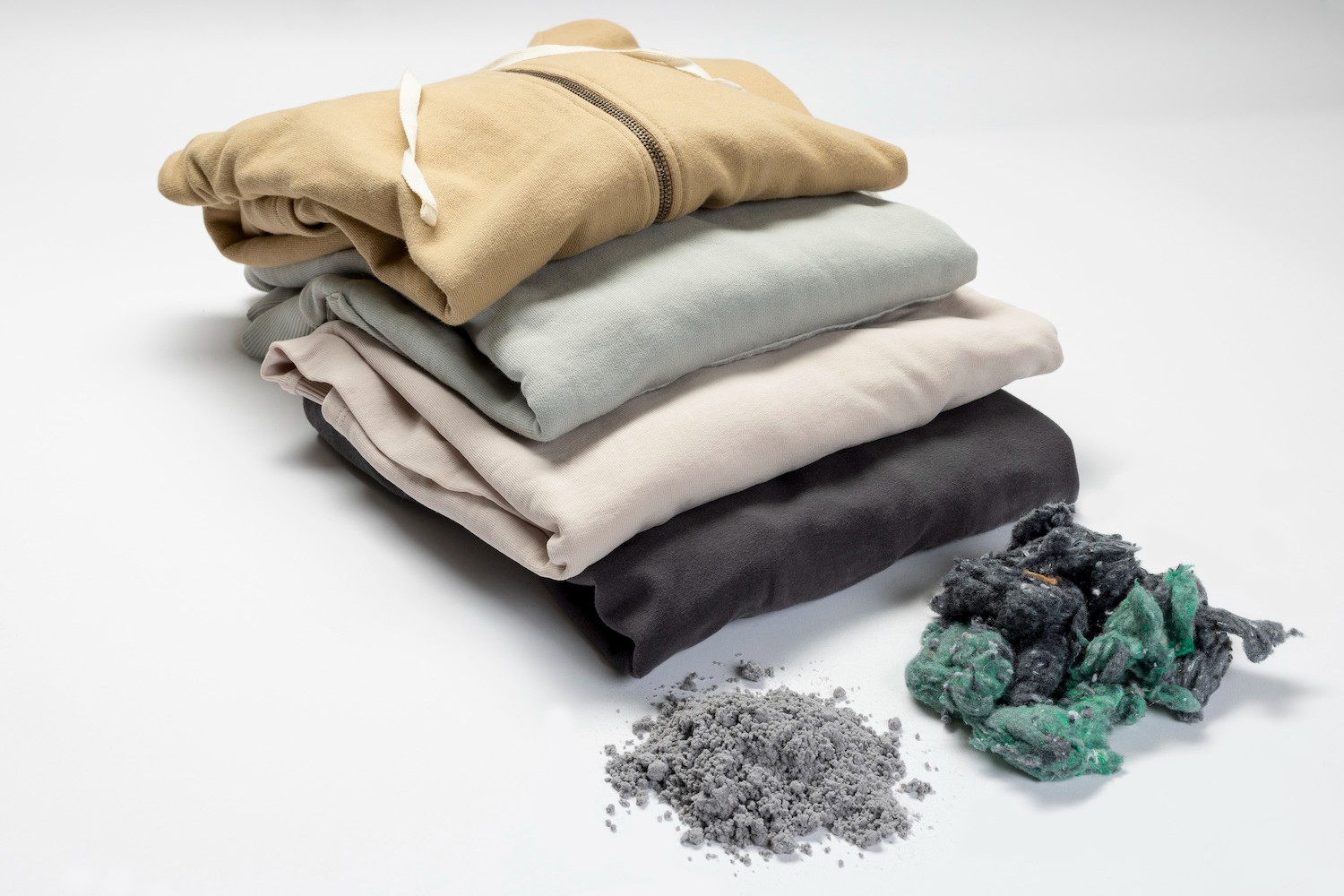
Archroma new technology upcycles textile waste into colors
YarnsandFibers News Bureau 2023-01-30 17:23:04 – SwitzerlandArchroma had already developed a way to turn waste from the herbal and food industry into its range of EarthColors. These colors are used by companies like G-Star, Patagonia, Esprit, Tom Taylor, Pangaia, Ugg, and Primark.
The FiberColors technology, according to the business, is another ground-breaking invention. Using this process, Archroma turns textile waste into colors that are synthesized from raw materials that have a minimum level of 50% trash.
Archroma CEO Heike van de Kerkhof, said that with FiberColors, they are moving one step closer to circular production and addressing the enormous worldwide problem of textile and fashion waste after making colors from food and herbal waste with EarthColors. This is how we achieve their goal of guiding their sector toward a more sustainable future for their clients and markets.
The R&D team at Archroma came up with a means to employ cotton, polyamide, and their mixtures (with a purity of >95%) to replace the majority of the petroleum-based raw material that is typically used to manufacture dyestuff.
Diresul Fiber-Teak (brown shades), Diresul Fiber-Ochre (olive shades), Diresul Fiber-Maroon (bordeaux tones), Diresul Fiber-Slate (blue grey shades), and Diresul Fiber-Graphite make up the patent-pending FiberColors line (dark grey shades).
The dyes can be used in continuous, exhaust, denim, and garment dyeing and printing processes and are especially well suited for cellulose fibers like cotton, viscose, linen, and kapok.
Earth.org estimates that 92 million tons of textile waste are created annually; by the end of the decade, that amount is predicted to rise to 134 million tons. According to estimates, 85% of all textiles thrown in the US wind up in landfills, which causes contamination of the land and water that mostly affects local populations.
Market Intelligence
Ask for free sample Report

experience
Customer Base
dedicated team
Countries Served Worldwide



